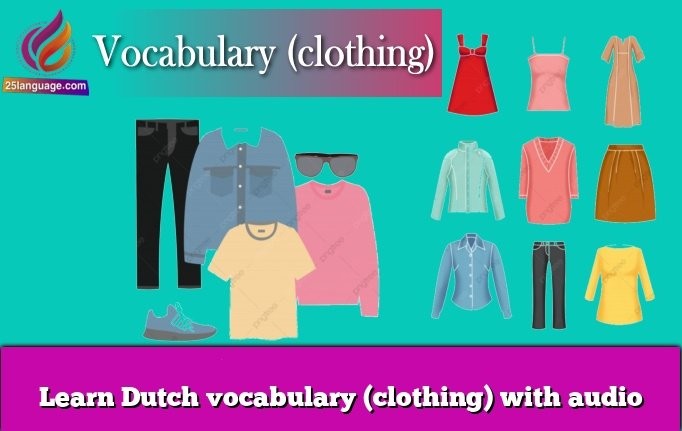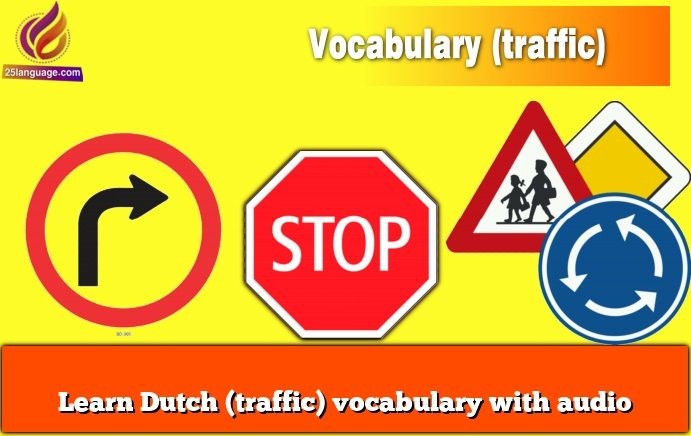Phrases using the negative in Dutch
Phrases using the negative in Dutch

Learning phrases using the negative in Dutch is important because it allows you to express negation in various contexts, such as making negative statements, denying something, or expressing disagreement. Being able to use the negative in Dutch is a fundamental aspect of the language, and it is used in many situations in daily life.
Moreover, understanding phrases using the negative in Dutch also helps you to understand negative statements made by others, whether in written or spoken form. It also allows you to express your opinions or preferences in a clear and concise manner, particularly in situations where you need to convey your disagreement or dissatisfaction.
| Dutch | English |
|---|---|
| Ik vind dat niet leuk. | I don’t like that. |
| [responsivevoice voice="Dutch Female" rate="0.8" buttontext="►"]Ik kan dat niet doen. | I can’t do that. |
| Hij is niet thuis. | He’s not at home. |
| Dat is niet waar. | That’s not true. |
| Ik heb geen honger. | I’m not hungry. |
| Ze spreekt geen Nederlands. | She doesn’t speak Dutch. |
| Ik wil niet gaan. | I don’t want to go. |
| Dat is niet mijn probleem. | That’s not my problem. |
| Ik ben niet tevreden. | I’m not satisfied. |
| We hebben geen tijd. | We don’t have time. |
| Het is niet goed genoeg. | It’s not good enough. |
| Ze heeft geen geld. | She doesn’t have money. |
| Ik kan het niet vinden. | I can’t find it. |
| Ik begrijp het niet. | I don’t understand. |
| Het is niet mogelijk. | It’s not possible. |
| Hij heeft geen interesse. | He’s not interested. |
| Ze willen niet samenwerken. | They don’t want to cooperate. |
| Ik heb geen zin. | I don’t feel like it. |
| Het is geen probleem. | It’s not a problem. |
| We hebben geen keuze. | We don’t have a choice. |





























